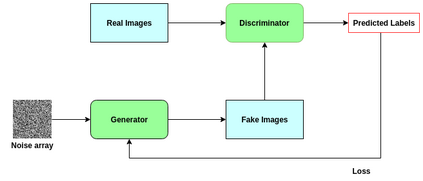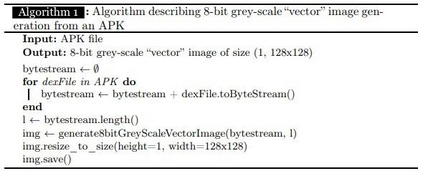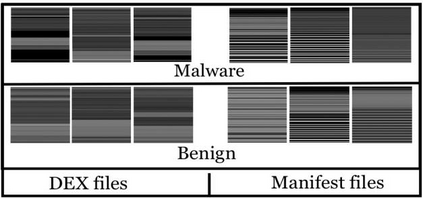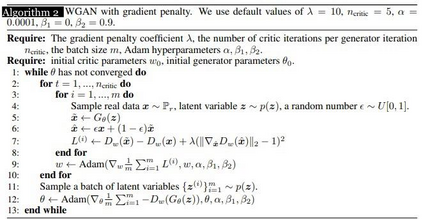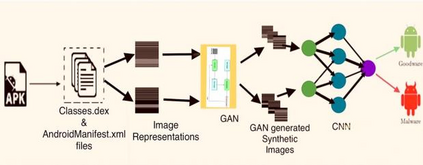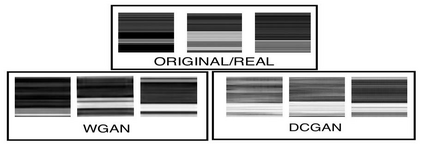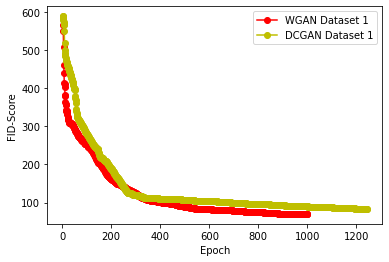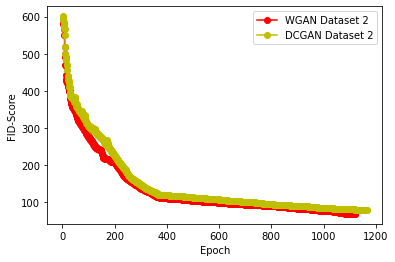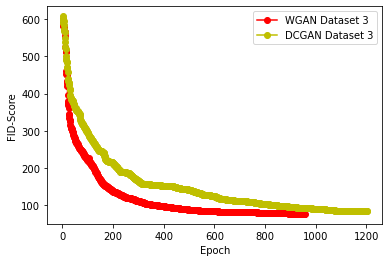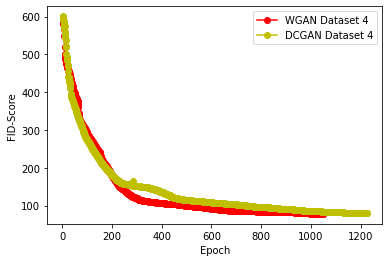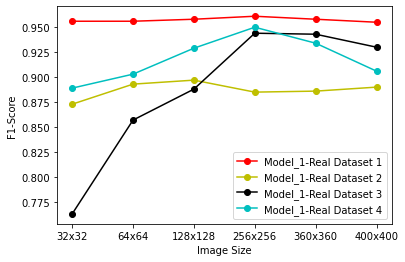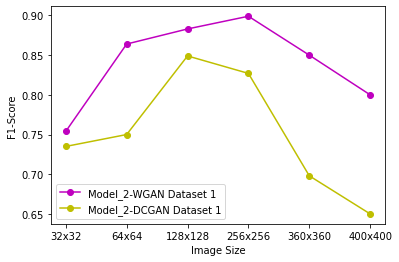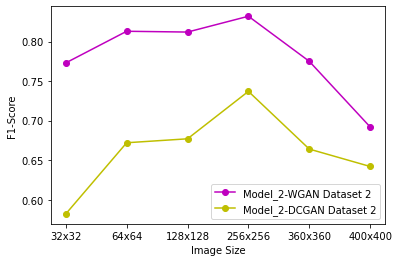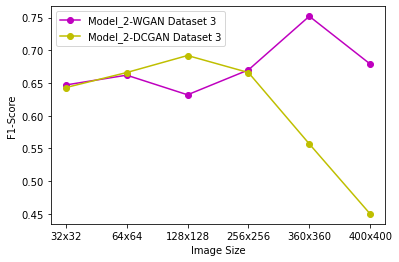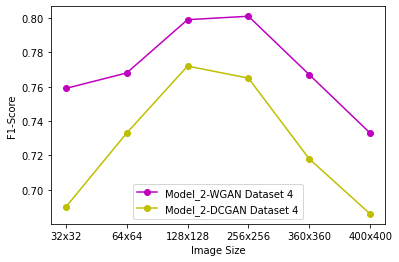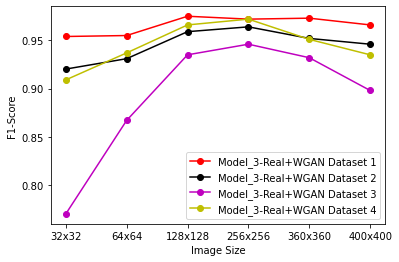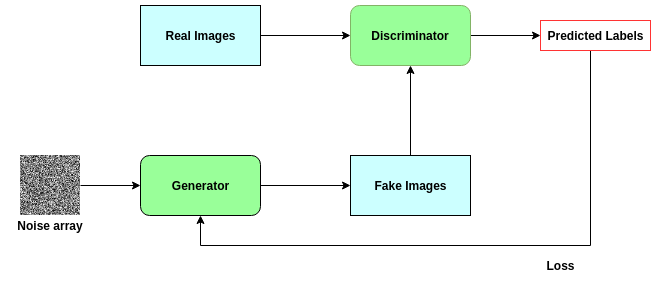Generative Adversarial Networks (GANs) have demonstrated their versatility across various applications, including data augmentation and malware detection. This research explores the effectiveness of utilizing GAN-generated data to train a model for the detection of Android malware. Given the considerable storage requirements of Android applications, the study proposes a method to synthetically represent data using GANs, thereby reducing storage demands. The proposed methodology involves creating image representations of features extracted from an existing dataset. A GAN model is then employed to generate a more extensive dataset consisting of realistic synthetic grayscale images. Subsequently, this synthetic dataset is utilized to train a Convolutional Neural Network (CNN) designed to identify previously unseen Android malware applications. The study includes a comparative analysis of the CNN's performance when trained on real images versus synthetic images generated by the GAN. Furthermore, the research explores variations in performance between the Wasserstein Generative Adversarial Network (WGAN) and the Deep Convolutional Generative Adversarial Network (DCGAN). The investigation extends to studying the impact of image size and malware obfuscation on the classification model's effectiveness. The data augmentation approach implemented in this study resulted in a notable performance enhancement of the classification model, ranging from 1.5% to 7%, depending on the dataset. The highest achieved F1 score reached 0.975. Keywords--Generative Adversarial Networks, Android Malware, Data Augmentation, Wasserstein Generative Adversarial Network
翻译:暂无翻译

